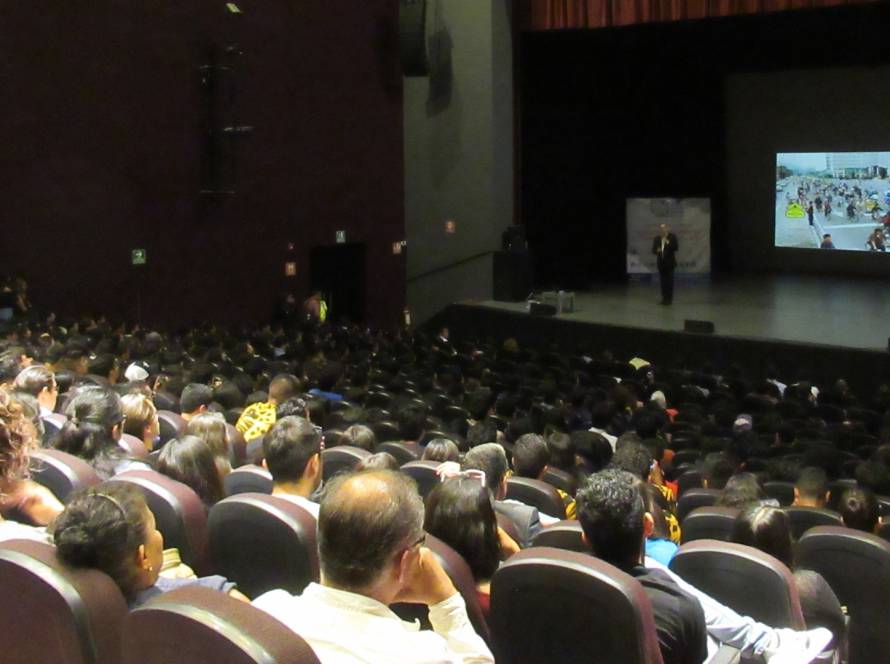Key Takeaways
- School Streets can be successfully implemented in cities of all sizes, from small to
large metropolises – making them an adaptable solution for creating safer, healthier
neighborhoods. - Safe, pedestrianized school zones help reduce traffic and air pollution, making the
environment healthier for children. - School Streets are part of a larger strategy to reduce car dependency, lower
greenhouse gas emissions, and promote active transportation.
- School Streets can be successfully implemented in cities of all sizes, from small to
Summary
- Understanding School Streets
- Repurpose the urban space surrounding schools, transforming car-dominated streets into vibrant, safe, and pedestrian-friendly zones.
- These initiatives are designed to make it easier for children to walk to school and for communities to reclaim public space.
- They encourage physical activity, social interaction, and a sense of community belonging.
- These spaces become community hubs where parents, teachers, and local businesses engage, thereby revitalizing the neighborhood.
- How do we design and implement School Streets?
- Organizing events, playgrounds, and educational activities such as children voting on game designs, tree-planting events with explanatory signage, and educational content displayed as art.
- Design elements like child-scaled benches, open and accessible sidewalks, and clear, light-colored pavements enhance usability.
- Temporary measures such as gates and tactical street closures provide a low-cost testing ground.
- Traffic management adjustments, such as reconfiguring traffic flows and reducing vehicle lanes, are essential for a successful transition.
- Understanding School Streets
How can Cities apply these learnings?
- Prioritize streets where pedestrian flow is hindered by vehicles and where children are most at risk.
- Adjust local traffic maps to reroute through-traffic away from school zones.
- Begin with tactical interventions (temporary closures, movable gates) as pilot projects.
- Launch communication campaigns to educate residents about the benefits of reduced traffic, improved safety, and enhanced public spaces.
Interesting resources
- Paris School Streets Program
- Barcelona School Street Program
- School Streets create healthy, playful and more social environments by Jordi Honey-Rosés – https://citylabbcn.org/school-streets-create-healthy-and-social-environments/
- Impact assessment “We protect schools”: Impact assessment on pacified school environments in the city of Barcelona for the “Let’s Protect Schools” program 2021-2022 – https://www.isglobal.org/ca/-/avaluacio-impacte-protegim-escoles-barcelona#:~:text=L’estudi%20t%C3%A9%20com%20objectiu,comunitat%2C%20les%20percepcions%20de%20les
Ideas for further reading
- School Streets for Safe and Sustainable School Trips – https://urban-mobility-observatory.transport.ec.europa.eu/resources/case-studies/school-streets-safe-and-sustainable-school-trips_en
- Let’s Protect Schools: Evaluation of the Peaceful Environments of the City of Barcelona’s 2021 – https://portalrecerca.uab.cat/en/publications/protegim-les-escoles-avaluaci%C3%B3-dels-entorns-pacificats-del-progra
- Streetfight: Handbook for an Urban Revolution – Book by Janette Sadik-Khan and Seth Solomonow
- School Streets: Putting Children and The Planet First – by Child Health Initiative’s Advocacy Hub


